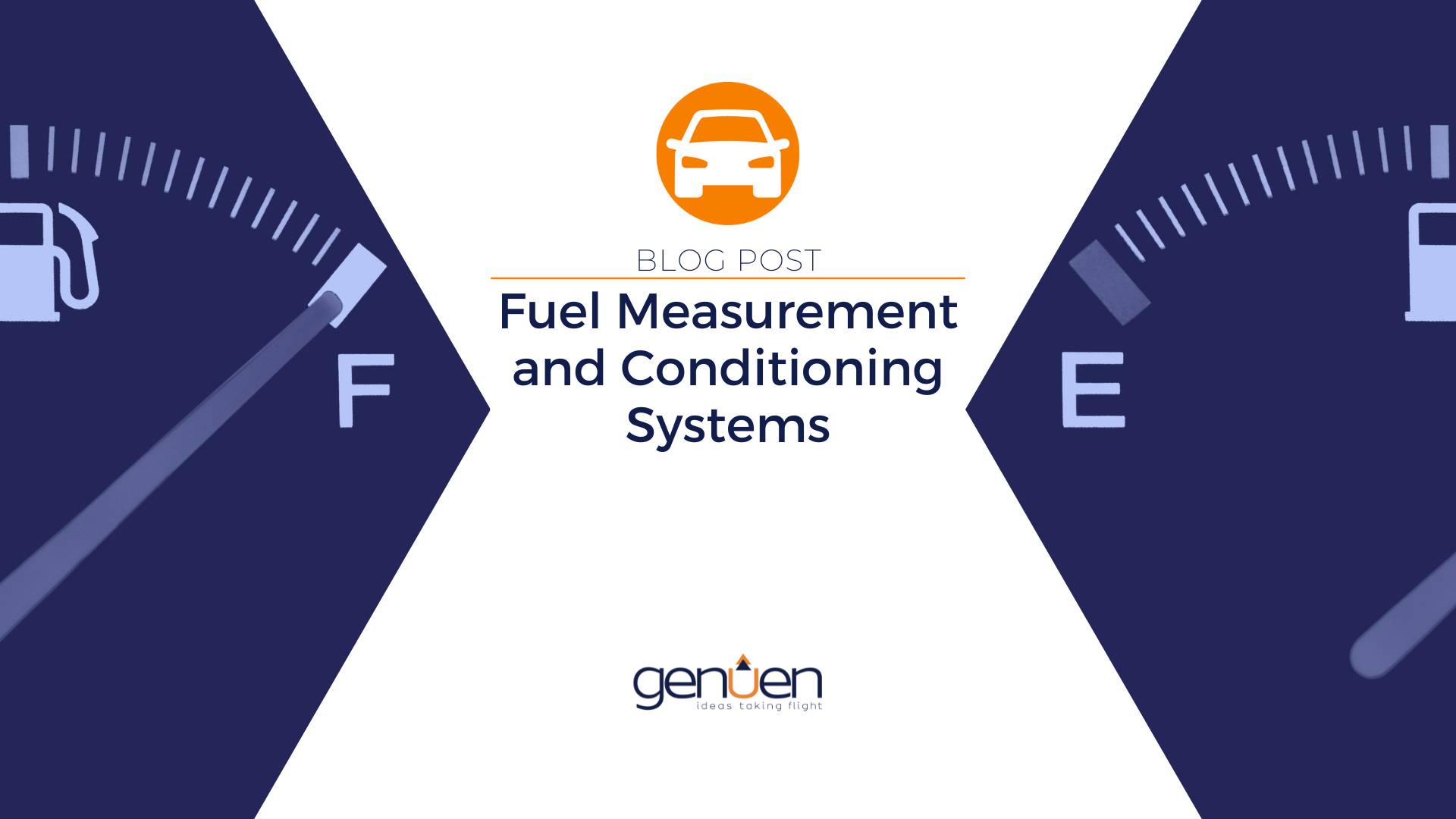If fuel measurement and conditioning is important to your testing requirements, then it is critical that your system is designed with these requirements in mind. Often, systems are built around a particular technology or philosophy that can be limiting or restrictive. When in reality the best systems are designed around the application, with the goal of having the best possible data. Whether you are specializing in engine or component development, and whether you need testing with standard diesel or environmentally friendly bio-fuels or exotic blends, getting the most accurate data is the goal.

In order to achieve this goal, you need to understand what a fuel system is. There are four major sub-systems of a fuel measurement system: measurement, pre-conditioning, conditioning, and interface. Each of these components can vary in their design and function based on the application’s requirements.
At the heart of the system is the flow measurement device. This component is critical in determining the accuracy and reliability of your test measurement data. There are a number of different flow meters each with its own benefits and drawbacks. Choosing the one that best fits your application is the most important decision in the success or failure of your testing.
The pre-conditioning system is used to prepare the fuel or test medium prior to measurement. The location and the design of the pre-conditioning can greatly influence the accuracy and response time of the fuel measurement device. Because this is so critical, the design of the system has to be done in consideration with the testing requirements including its physical location and packaging, as well as other system components.
A conditioning system is used in applications where excess fuel is returned to the tank from the engine. There are a couple of philosophies on incorporating this returning fuel into a measurement system. Each has its pros and cons that must be weighed against the objectives of the testing requirement. Again this system can greatly influence the accuracy and response time of the fuel measurement device.
The interface allows the measurement system to be connected to a data acquisition system for retrieving data and controlling the measurement system. Any number of protocols and connections can be used, depending on the user’s requirements.
There are a number of factors that influence how these components are designed and integrated into a fuel measurement system. These factors include accuracy, costs, durability, ease of use, and maintenance. When looking for a system, it is important to select the right partner with a proven track record in designing both the complete system and the individual sub-systems. This ensures a seamless integration and a reliable solution that fits your unique requirements.
Contact us today to speak with an engineer about test systems and sub-systems for your your fuel application.


